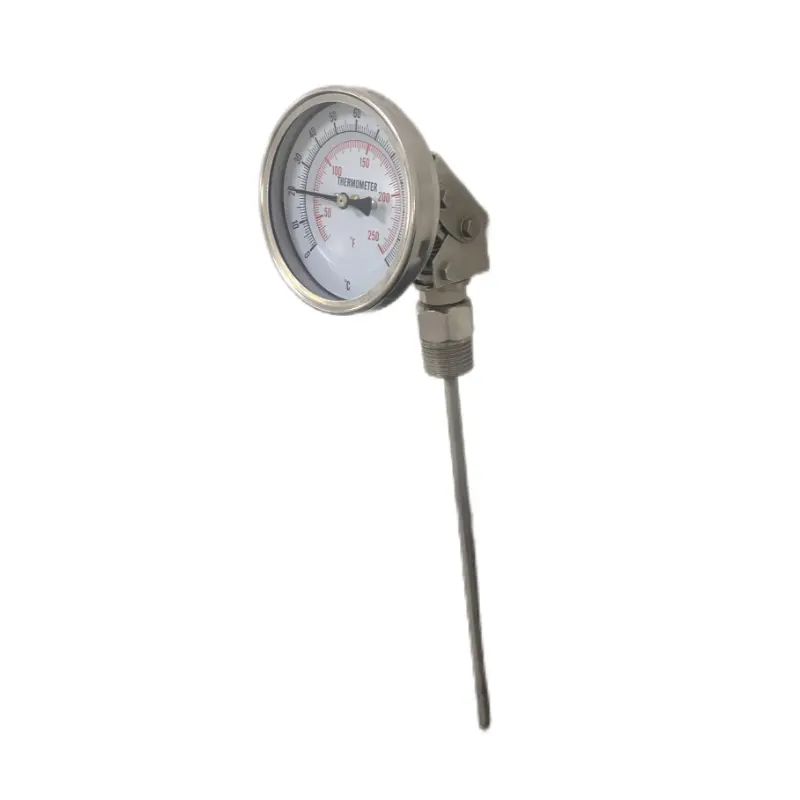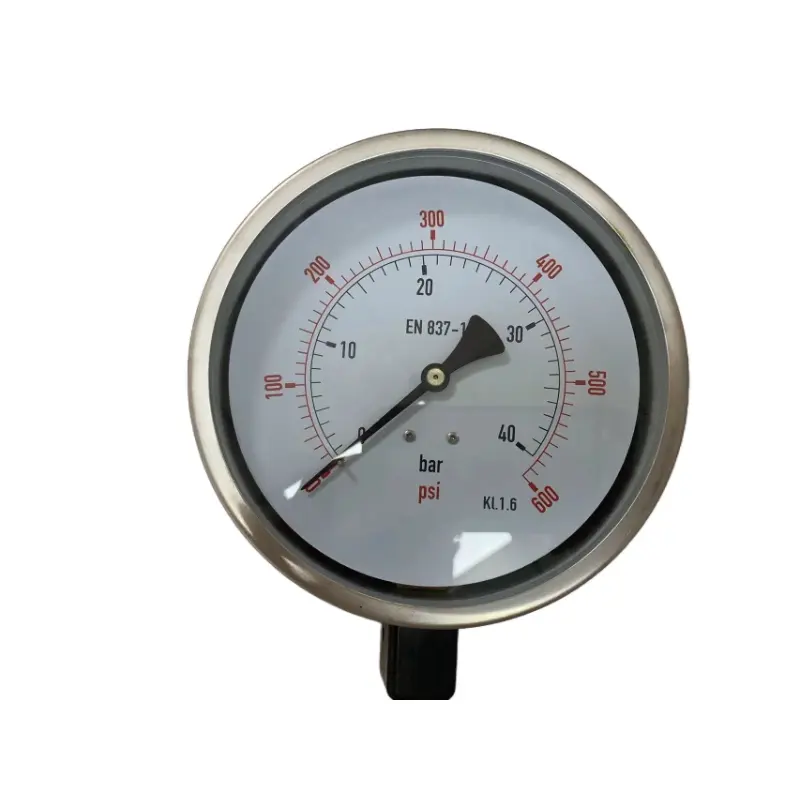5 key factors to improve vacuum measurement accuracy
Release time: 2025-04-10
In many industrial and scientific research applications, the accuracy of vacuum measurement is crucial. From semiconductor manufacturing to the production of medical equipment, accurate vacuum measurement directly affects product quality and process effects. However, the accuracy of vacuum measurement does not only rely on high-precision equipment, but is also affected by many factors. If you have ever encountered production problems caused by inaccurate vacuum measurement, then you will know how important it is to improve the accuracy of vacuum measurement. Today, we will explore the five key factors to improve vacuum measurement accuracy to help you avoid common errors and improve operational reliability.
1.Choose the right type of vacuum gauge
Different types of vacuum gauges are suitable for different measurement ranges and application environments. Choosing the right vacuum gauge is the first step to improve measurement accuracy. Vacuum gauges are usually divided into thermal conductivity type, pitot type, electronic type, etc., and each type has its specific application scenario. For example, thermal conductivity vacuum gauges are suitable for low vacuum areas, while electronic vacuum gauges are more suitable for high vacuum measurements. Understanding the working principles and application ranges of different vacuum gauges and choosing the most suitable type can ensure more accurate measurement results.
2.Calibration and regular maintenance of equipment
No matter how high the precision of the equipment is, errors may occur due to various factors after a period of use. Therefore, regular calibration and maintenance of vacuum gauges are particularly important. Through regular calibration, errors in long-term use can be eliminated to ensure that the equipment is always in the best working condition. At the same time, keeping the equipment clean and preventing internal contamination can reduce the interference of the external environment on the measurement accuracy.
3.Temperature and environmental control
Vacuum measurement often has high requirements for temperature and environmental conditions. Temperature fluctuations may cause changes in the performance of the equipment, which in turn affects the measurement accuracy. In order to ensure accurate measurement results, the use environment of the vacuum gauge should be stable to avoid drastic temperature changes or high humidity conditions. In laboratory or industrial applications, equipped with a temperature control system and appropriate isolation devices can significantly improve the accuracy of vacuum measurement.
4.Appropriate installation location and pipeline design
The installation location and pipeline design of the vacuum gauge directly affect the accuracy of the measurement results. The installation location should avoid heat radiation or vibration interference with other equipment, and ensure that the sensor of the vacuum gauge can effectively sense the vacuum degree of the measured area. In terms of pipeline design, it is necessary to ensure that the size, material and length of the pipeline are suitable for the measured vacuum range to avoid unnecessary pressure loss and gas leakage.
5.Monitoring and adjustment of external factors
External factors such as gas composition, gas flow rate and pump performance will also affect the measurement accuracy of the vacuum gauge. In some special environments, the molecular structure and flow rate of the gas may change the measurement results, especially in a high vacuum environment. Therefore, real-time monitoring of external factors and timely adjustment of control parameters can effectively reduce the source of errors.
Improving the accuracy of vacuum measurement is a multifaceted process that requires comprehensive consideration from equipment selection, regular maintenance, environmental control, installation design to external factors. By mastering these key factors, not only can errors be reduced, but also stability and reliability can be ensured during production and experiments. If you want to improve the accuracy of vacuum measurement, you might as well start paying attention to these key factors today, optimize equipment configuration and operating procedures, and create a more efficient and accurate working environment.
If you are looking for a high-precision vacuum gauge solution, please contact ntpressuregauge. We provide a full range of products and technical support to help you improve production efficiency and ensure accurate measurement.


